MORE GREAT TITLES FROM
CONWAY
Conway creates some of the finest maritime, military, exploration and transport books in the world. On press since 1972.
tap to read more
 @ConwayBooks
@ConwayBooks
 Conway Publishing
Conway Publishing
 www.conwaypublishing.com
www.conwaypublishing.com



A Conway Book
All photography Chris Ellis and Hornby Plc.
Text Navigator Guides Ltd 2009
First published in Great Britain in 2005 by Navigator Guides
Reprinted 2006, 2007 (twice), 2008
This revised edition published in 2009 by Conway
An imprint of Anova Books Group
10 Southcombe Street
London
W14 0RA
www.conwaypublishing.com
@ConwayBooks
Reprinted in 2010
All rights reserved. No part of this publication may be reproduced, stored in a retrieval system or transmitted in any form or by any means, electronic, mechanical, photocopying, recording or otherwise, without the prior written permission of the copyright owner.
First eBook publication 2014
ISBN 9781844862450
Also available in paperback
ISBN 9781844860951
Designed by SCW at www.scw.uk.com
The publishers have made every effort to ensure the accuracy of information contained in this book at the time of going to press. However, they cannot accept responsibility for any loss, injury or inconvenience resulting from the use of information contained in this guide.
This book can be ordered direct from the publisher at
www.conwaybooks.com, or try your local bookshop.
Acknowledgements
Hornby would like to thank DSP Ltd, Tunbridge Wells, Kent and Thomas Neile Digital Photography, Whitstable, Kent.
The publishers would like to thank Hornby for all their help in the publishing of this book. Use of the Hornby Trade Mark by kind permission of Hornby Hobbies Ltd.
Contents

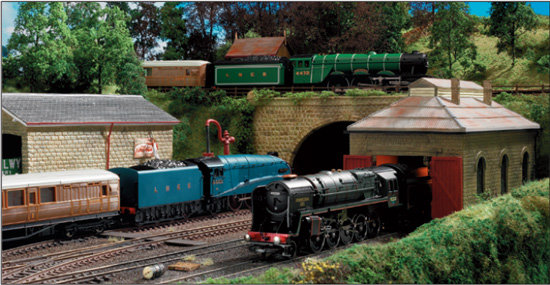
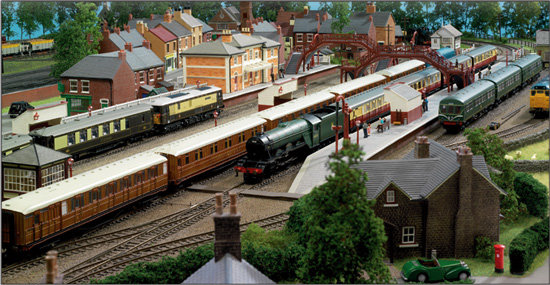

Foreword
T he model railway is, quite simply, the greatest indoor hobby ever invented, and Hornby is that hobbys most enduring name. No other hobby can satisfy such a broad range of interests and stimulate a mind in the way a model railway can. I love Hornby trains because they are masterpieces of engineering requiring skilful handling if they are to run properly. I enjoy the geometric challenge of building a layout, and the enduring puzzle of train operation.
But others build model railways to exercise their artistic skills in forming scenery, or to create an accurate historical record of a bygone age, or simply to rebuild the world the way they wished it had turned out.
But it can be a baffling business, which is why this book is so handy. Chris Ellis (who Ive been reading since I was a lad) guides you gently through the magic of turning your simple oval starter set into a true miniature railway system as challenging to operate as the real thing.
And you will never tire of it, because a model railway is never really finished and a great train collection can be handed from generation to generation as an heirloom, growing as it goes. I still have my original train set. It was bought for me in 1967 and was second-hand even then.
Its a Hornby.
James May
March 2009

Introduction
T his is a book to help and encourage anyone who likes model railways, a hobby and pastime that embrace any age group and, indeed, either sex. Whether you are a beginner with a train set, a more experienced modeller, or merely wondering what the hobby has to offer, this book will show that there is a lot more potential in them than just admiring the neatness of a new train set might lead you to believe.
There is an old saying in the hobby that a model railway layout is never finished. After fifty years of constant involvement Im inclined to believe it! There is no end to what you can do with model railways. That, I think, is their great attraction. They offer massive variety and develop every talent, including some you may not have thought you possessed! In building a layout you get involved in simple carpentry, fairly simple electrics, and exercise as much artistry and imagination as you can muster, for the hobby is far more creative than most: the little trains run and operate much like the real thing, a key component of the fascination of model railways. The hobby is very accommodating, too. You can fill a loft or a basement with a maze of tracks or you can build a pleasing little layout no bigger than a bookshelf, as this book especially shows.
The biggest UK name in model railways is Hornby, a name known even to non-modellers. Hornby trains are widely available, and for over eighty years most newcomers to the hobby (including me in 1950) have started with a Hornby train set. So this book is a guide for those who want to venture further. Though it has been written and produced with the approval and co-operation of Hornby, I must stress that it is not an official Hornby publication and I have no commercial connection with the company other than as a long-time user of the models. My comments are my own and do not necessarily reflect the opinions, policies or intentions of the company.
Several friends and colleagues have helped with this book and I would like to thank Brenda Sherwood for assistance with the manuscript, Jack Trollope for most of the diagrams, Arthur North for the dimensional diagrams, Simon Kohler of Hornby for help and permission to reproduce several Hornby diagrams and illustrations, and Graham Weller and T. B. Owen for useful layout and magnetic coupling ideas, respectively.
Thanks are also due to Sean Domeney for provision of a number of Hornby photographs and Nevile Reid who made some of the layout settings illustrated.
Since this book was first published in 2005, the Hornby range has been extended quite considerably with many notable additions. Hornby digital operating equipment and locomotives fitted for digital operation have proliferated as more and more enthusiasts move to DCC from the old DC method of operating, though the latter has certainly not been superseded. A steady stream of new Super Detail models of locomotives and rolling stock has continued to be produced, and some of the earlier models they replaced have reappeared in the new Hornby Railroad range, well suited to younger modellers or beginners to the hobby. And even these older models have been much improved and updated. Add to this many new accessory ranges covering scenics, road vehicles, and even more structures, and there is much to record and consider. This new edition reflects all these recent developments and is considerably enlarged as a result.
Next page
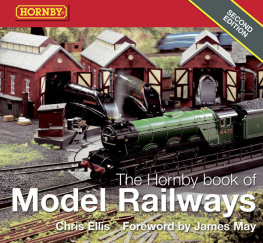


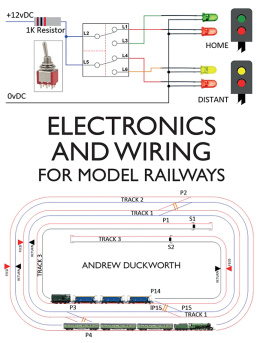






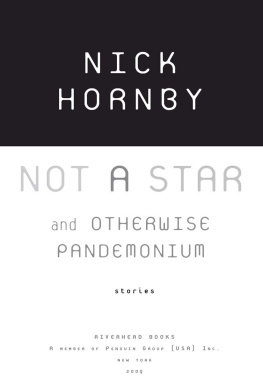

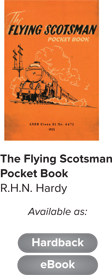


 @ConwayBooks
@ConwayBooks Conway Publishing
Conway Publishing www.conwaypublishing.com
www.conwaypublishing.com






